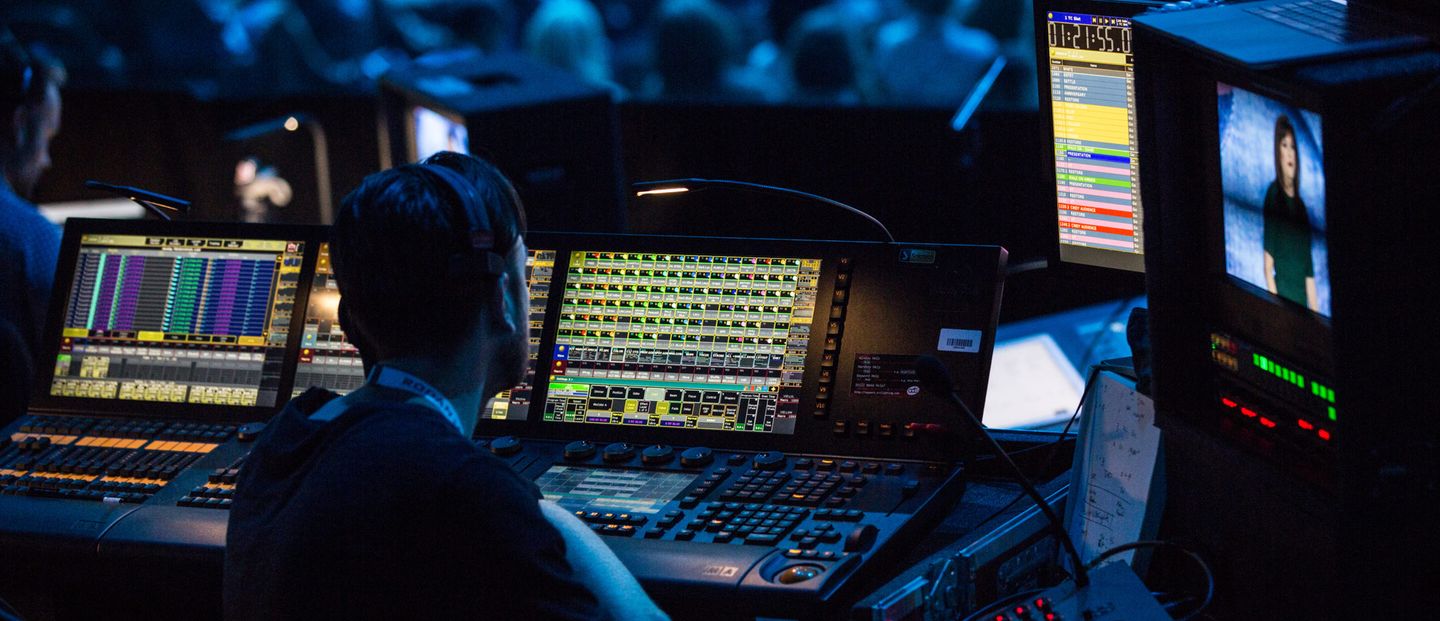How Manufacturing Business Transform Ideas Into Compelling Visuals
The process by which production firms change abstract principles right into engaging visuals is both intricate and systematic, beginning with the vital stages of ideation and script development. As the project proceeds with pre-production, production, and post-production, each phase needs mindful interest to detail and positioning of imaginative components.
Comprehending the Creative Process
While the creative process may vary dramatically from one manufacturing firm to another, it usually includes an organized approach that balances artistic vision with useful execution. At first, the process begins with ideation, where ideas are brainstormed and fine-tuned. During this stage, innovative teams take part in discussions that check out styles, narratives, and visual styles, guaranteeing that the core message lines up with the designated audience.
Following ideation, the development phase takes spotlight, where manuscripts, storyboards, and shot listings are thoroughly crafted. This phase is vital as it translates abstract ideas into substantial strategies, assisting in a smoother production process. The creative group works together carefully, guaranteeing that every aspect, from casting to area looking, shows the artistic intent.
Post-production better fine-tunes the visuals and audio, culminating in a polished final item that resonates with the audience. Hence, understanding this organized creative process is important for appreciating exactly how manufacturing companies transform principles into compelling visuals.

The Duty of Collaboration
Exactly how does cooperation boost the imaginative result of manufacturing firms? At its core, cooperation is an essential stimulant that cultivates advancement and imagination within the manufacturing landscape.

Moreover, partnership urges open communication, which is crucial for browsing the intricacies of production. It cultivates an environment where feedback is valued, enabling iterative enhancements and changes that raise the end product. Ultimately, the collective spirit within manufacturing business offers to transform first concepts into engaging visuals that astound audiences, enhancing the importance of teamwork in attaining imaginative excellence.
Pre-Production Fundamentals
Pre-production is a vital stage in the filmmaking procedure, frequently incorporating 5 important steps that lay the foundation for an effective manufacturing. The initial step includes manuscript growth, where the movie script is refined, ensuring that the story is natural and engaging. This is adhered to by budgeting, which establishes the financial framework for the job, recognizing key costs connected to cast, crew, locations, and equipment.
The third step is casting, an important process that includes choosing the appropriate stars to portray the characters authentically. A well-cast film can considerably enhance the tale's effect. Next, place scouting is carried out to discover article appropriate shooting sites that align with the vision of the task, taking into account logistical variables such as access and authorizations.
Capturing the Vision in Production
In the vibrant atmosphere of a film set, recording the vision in manufacturing needs precise coordination and cooperation amongst all divisions. Each team, from cinematography to art try this direction, plays a vital role in translating the movie script into visual images that resonates with audiences. The director's vision have to be properly connected to make sure that every shot, angle, and lighting selection lines up with the overarching narrative.
Cinematographers are entrusted with choosing video camera equipment and lenses that ideal convey the tale's tone, while production developers produce immersive environments that boost the visual experience. Closet and make-up groups contribute by forming characters via their look, reinforcing the story's themes.
Audio style and music also enhance the visuals, establishing psychological context and increasing target market interaction. Daily control meetings and on-set interaction channels assist in real-time modifications, making sure that any creative subtleties are recorded as they occur.
Inevitably, capturing the vision in manufacturing has to do with integrating these diverse components to create a cohesive and engaging aesthetic narrative. The collective initiative not only brings the script to life but article likewise lays the structure for an effective cinematic experience.
Post-Production: Refining the End Product
Post-production plays an important duty in fine-tuning the last item, transforming the raw footage captured during production into a refined motion picture experience (production companies nashville tn). This stage includes numerous essential processes, including editing, sound design, color adjustment, and visual impacts, each contributing to the total story and psychological influence of the movie

Sound style is equally essential, including the enhancement of dialogue, audio effects, and climatic noises that enrich the checking out experience - production companies nashville tn. The careful layering of audio components helps engage the target market in the story globe
Color modification better boosts visual allure, adjusting colors and contrasts to create a cohesive visual that aligns with the film's state of mind. This step makes certain that each frame resonates psychologically with audiences.
Verdict
To conclude, the improvement of concepts into compelling visuals demands a structured and collective strategy within production companies. By focusing on interaction and control throughout the creative process-- from ideation and pre-production to manufacturing and post-production-- these firms efficiently align different imaginative elements with the narrative. This careful technique not just boosts storytelling but likewise mesmerizes target markets, inevitably resulting in immersive and appealing cinematic experiences that reverberate deeply with customers.